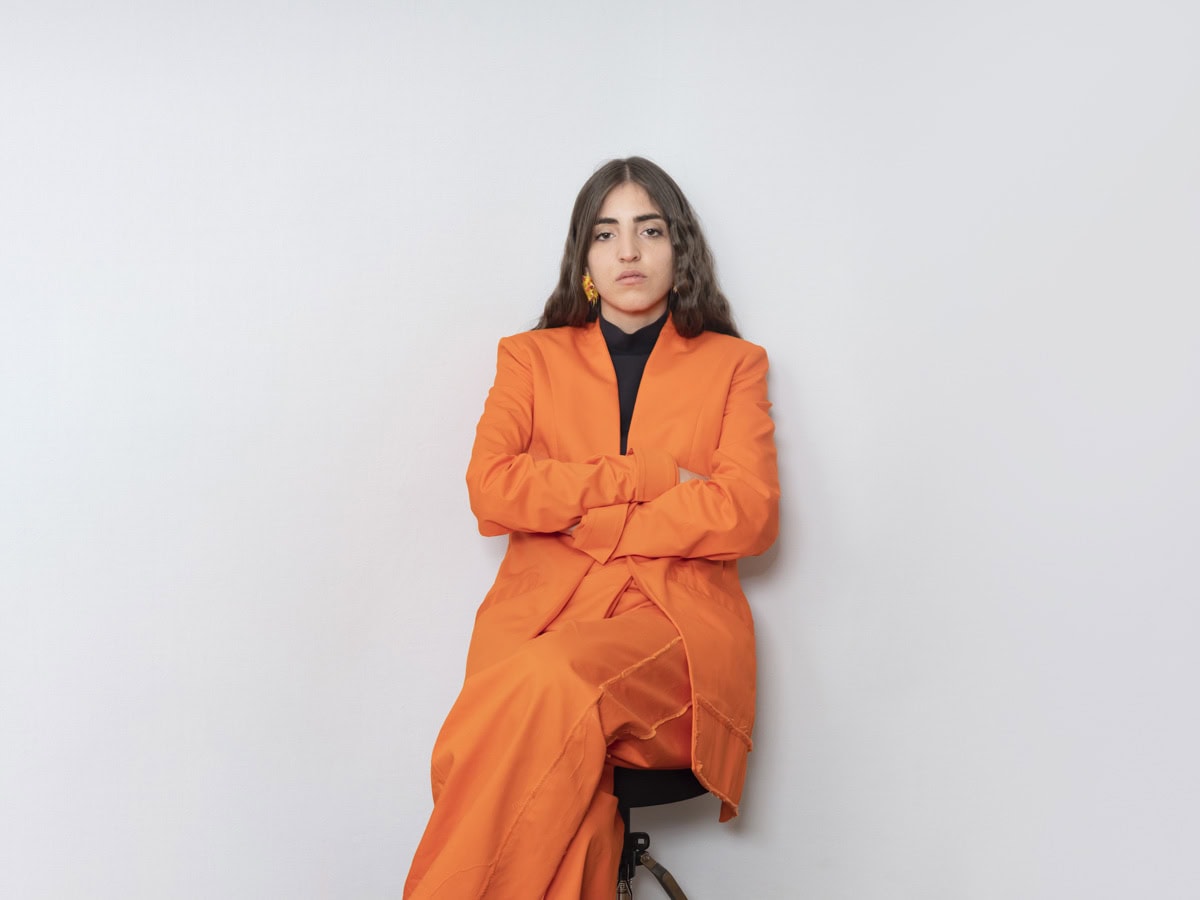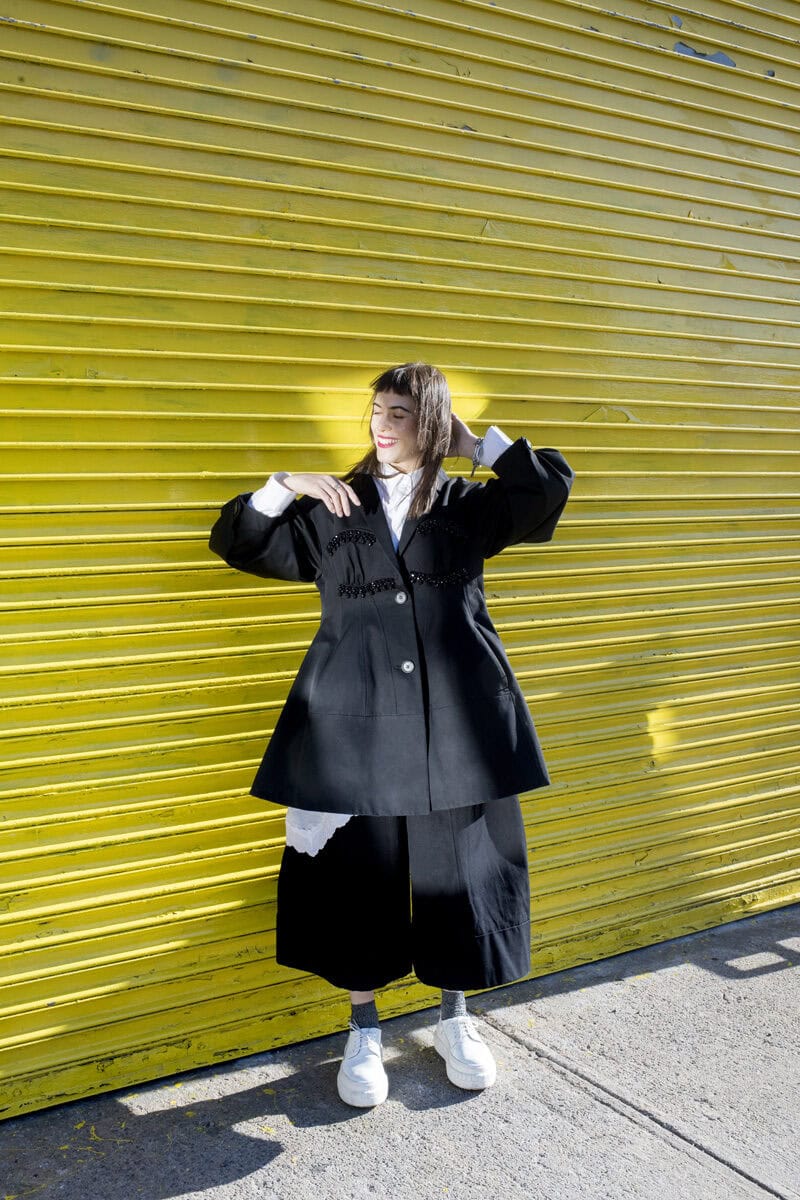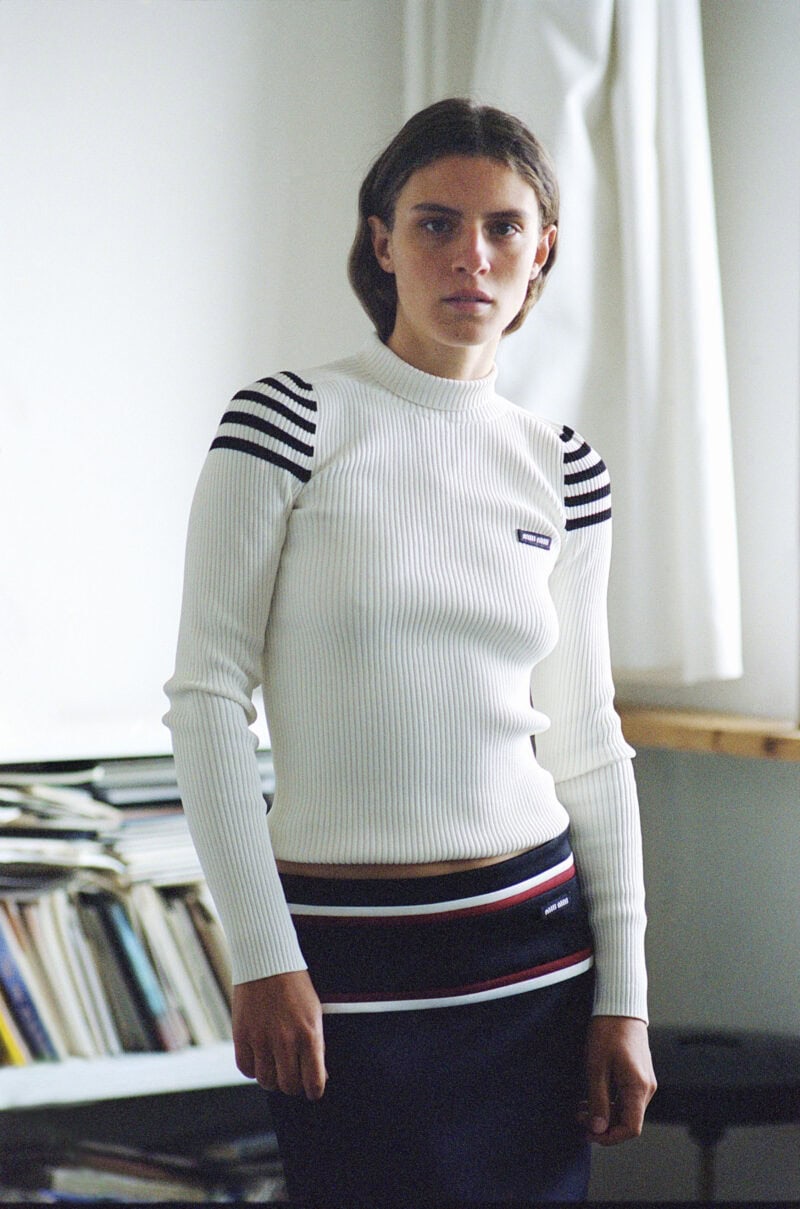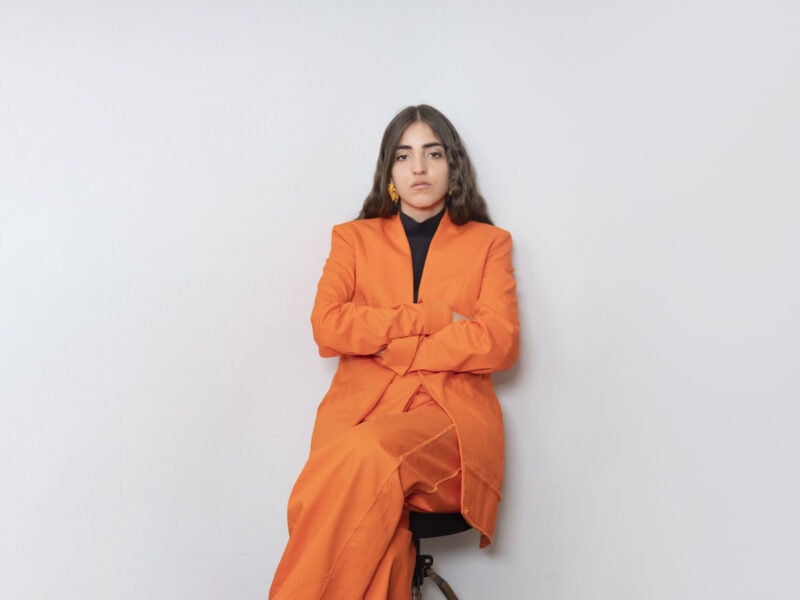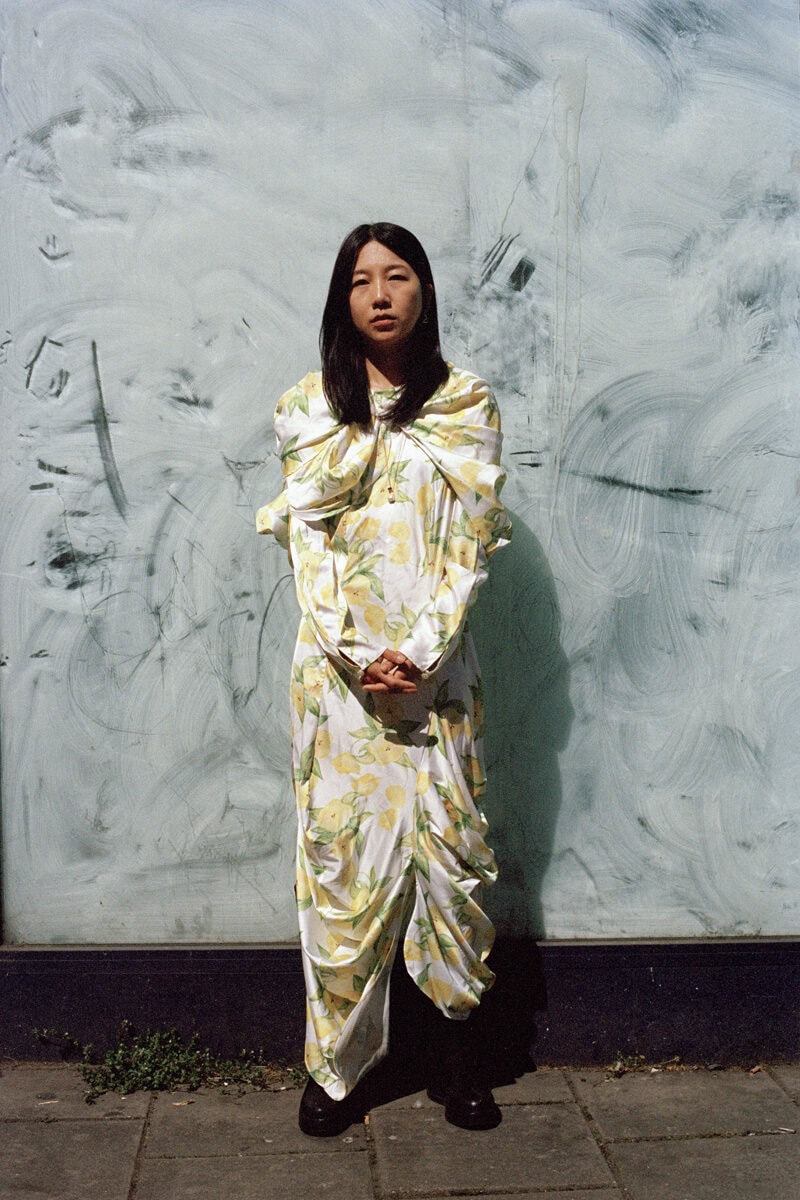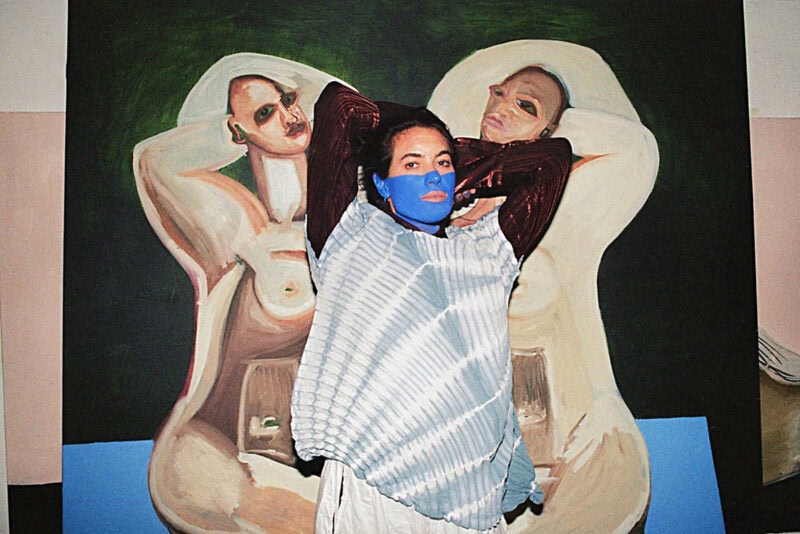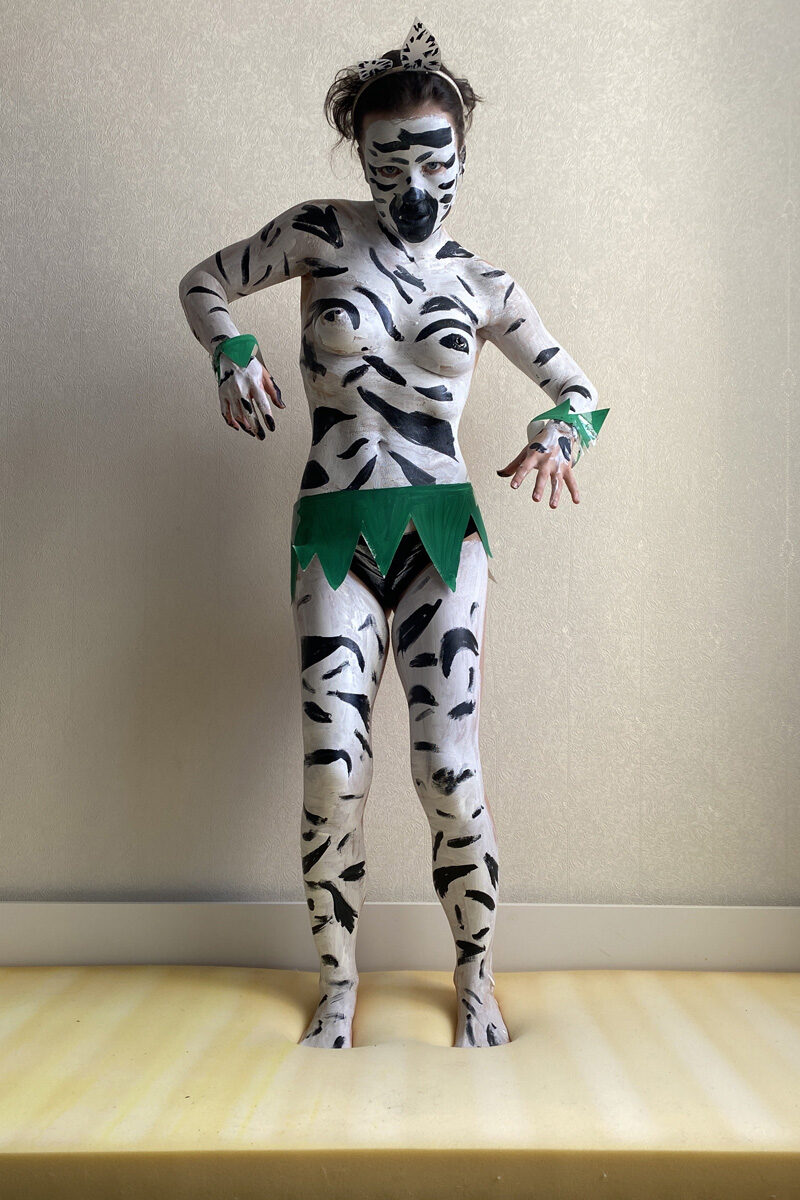I am not sure how it started, but I think it was like opening my eyes and being blinded by sunlight. I was in high school and, all of a sudden, I felt surrounded by chaos: a mess of too many mismatched colours that threatened my inner peace on a daily basis.
I have always been a perfectionist; having things under control is my favourite obsession. But with colours, I felt like there was no way out: there would always be something wrong. Not just when it came to clothes, but the world in general. After all, it wasn’t just created out of thin air, to a clear design (although the Bible would have us believe that).
I think about this every time I see two neighbouring houses in clashing colours. Maybe one came first and then the other simply wanted a particular colour, because that was what they had chosen, and who cares about your surroundings anyway? Individualism conquers all, even when it comes to colour choices.
I was about 16 when I started to understand which very few shades of colour I could stand to wear, and I could rarely find them in the shops. I also had a limited budget, which forced me to optimise the number of possible combinations of the clothes I bought. These were the practical reasons, but they gradually took on a new meaning.
I started to wear black almost all the time. Whenever I didn’t, someone would say: «Look! She’s not wearing black today!» and immediately the colour I wore became the central focus, under scrutiny as though it were the result of long and deep reflection. It followed that even those rare flashes of colour were gradually reduced to a minimum.
I realised that I had achieved what I wanted. Black had actually become transparent. It was a way of saying: «I don’t want you to understand anything about me from the way I dress. I want you to understand it by everything else. I want you to look into my eyes, observe how I move and recognise my hesitating way of being. I want you to listen to what I am saying. I want you to concentrate». That’s what black has always meant for me: noise reduction, focus. I don’t want any curiously shaped flower to come between me and another person. It’s got to be just me and you, you and me. One on one.
And this is where the artist Pierre Soulanges comes to mind. His artworks are simple brushstrokes of black paint over black paint. But that black has a texture. And that texture reflects light. «My instrument was no longer black, but this secret light that came from black». I believe that black lets you see that light. And it is different for everyone. In this sense, black is a non-colour, as Badiou called it when writing the philosophy behind it. He associates it with the unknown, with mystery. If white conveys peace and invites you to stop, black is endless. It invites you to go through it, to ask yourself questions – and never be satisfied with the answers. Black is, of course, also the colour of darkness. When there is no light, you have to use other ways of seeing. I’m in love with those ways, and I will never stop preferring night to day.
After all, why do creative people always wear black?
Actually, I don’t know, but I think it’s because they (or should I say we?) know that everything is communication. That a dress is never just a dress. With that knowledge, the majority play it down, avoiding false leads. Everything may well be a sign but what’s the point if they don’t lead anywhere?
Then there are those who make clothes talk and every outfit is a portrait. Living pictures of their inner turmoil. I envy them. I am too afraid of representation – of definitions and labels. But mostly, I’m afraid of saying: «This is me». To further explore this, I asked six women who they were, and why. As always, I looked for answers elsewhere, looked at other people to avoid looking in the mirror.
They told me about their creative uniforms, and Riccardo Linarello set the scene. Giving them a name, a shape and even a brand. In other words, he did everything I could never do. The result? These six living portraits and the tangible proof that I was wrong: black is not the only option.
But it will always be my favourite.
Who: Leta Sobierajski
What: Artist
Where: Brooklyn, New York, USA
When: 10/29/1988, 32
Why: It’s not just about wearing black – it’s about wearing a presence. So much of what I own is black, but it’s complicated, it’s structural, it’s architectural. The clothing I gravitate towards has all of those qualities; it encourages me to succumb to my own ideas of escapism and the fantasy of living in another world outside of my own. The clothing I wear gives me a superhero-esque feeling of purpose in the work that I make, encouraging me to feel dominating, heroic, villainous, mysterious, and otherworldly all at once.
Who: Marie Cornil
What: Designer
Where: Marseille, France
When: 01/04/1994, 27
Why: To preserve our fantasies.
Who: Joan Thiele
What: Singer-songwriter and producer
Where: Milan, Italy (artist with Italian and Colombian roots who grew up between Cartagena and Italy)
Why: I see black as a sort of comfort zone, where people often take refuge or seek peace. Personally, I adore all colours, black included. I do have a favourite though, orange is my colour. I like playing with colours, either when choosing a dress to wear or when it comes to music. Colours are often a source of creative inspiration for writing a melody or the lyrics to a song. Every day is different, I dress to match my mood. I am in constant evolution and so is my wardrobe.
Who: Yeon You
What: Stylist
Where: Seoul, South Korea (Based in London)
When: 07/09/1986, 34
Why: I think it is both true and untrue. I think it is a stereotype. Usually my creative uniform would be a mix of colours and prints as they help convey my energy. But I would wear black when I’m in an environment that feels less familiar or quite new to me, like working with a new team or meeting new clients. It’s a way for me to look more formal and not reveal too much of my personality at first.
Who: Mattea Perrotta
What: Artist
Where: Currently London, via Paris and Los Angeles
When: 15/10/1990, 30
Why: Do they? What a bore… No uniform. It’s usually whatever pile of clothing is on the chair that morning. It might be vintage bloomers that I throw over thermals with an oversized button-up shirt and cowboy boots. My chair decides.
Who: Maya Golyshkina
What: Artist
Where: Moscow, Russia
When: 19/06/2001, 19
Why: I think most talented people don’t want to stand out. They’re used to hiding their talents. Their soul is colourful, bright and rich. Or maybe they don’t want to draw too much attention to themselves, they want to think more about process than appearance. My creative uniform should be comfortable, comfortable enough to run, jump and scream in. And something I can draw on. That uniform sometimes replaces a canvas or sheet of paper. I feel very comfortable in a uniform when I’m drawing or doing something else, I don’t like to pay much attention to my outfit when I work. I feel like an animal in the jungle during the creative process, why should I worry about clothes?
Credits:
Words by Robin Sara Stauder
Styling by Riccardo Linarello and Fabiana Guigli
Fashion Assistant Giulia Parenti
Leta Sobierajski – Shot by Laura Villa Baroncelli
Marie Cornil – Shot by Andrea Montano
Joan Thiele – Shot by Alessandro Furchino Capria
Yeon Yu – Shot by Wendy Huynh
Mattea Perrotta – Shot by Eimear Lynch
Maya Golyshikina – Self-portrait
Special Thanks to Simone Rocha, MiuMiu, Sunnei, Yuhan Wang, Issey Miyake
